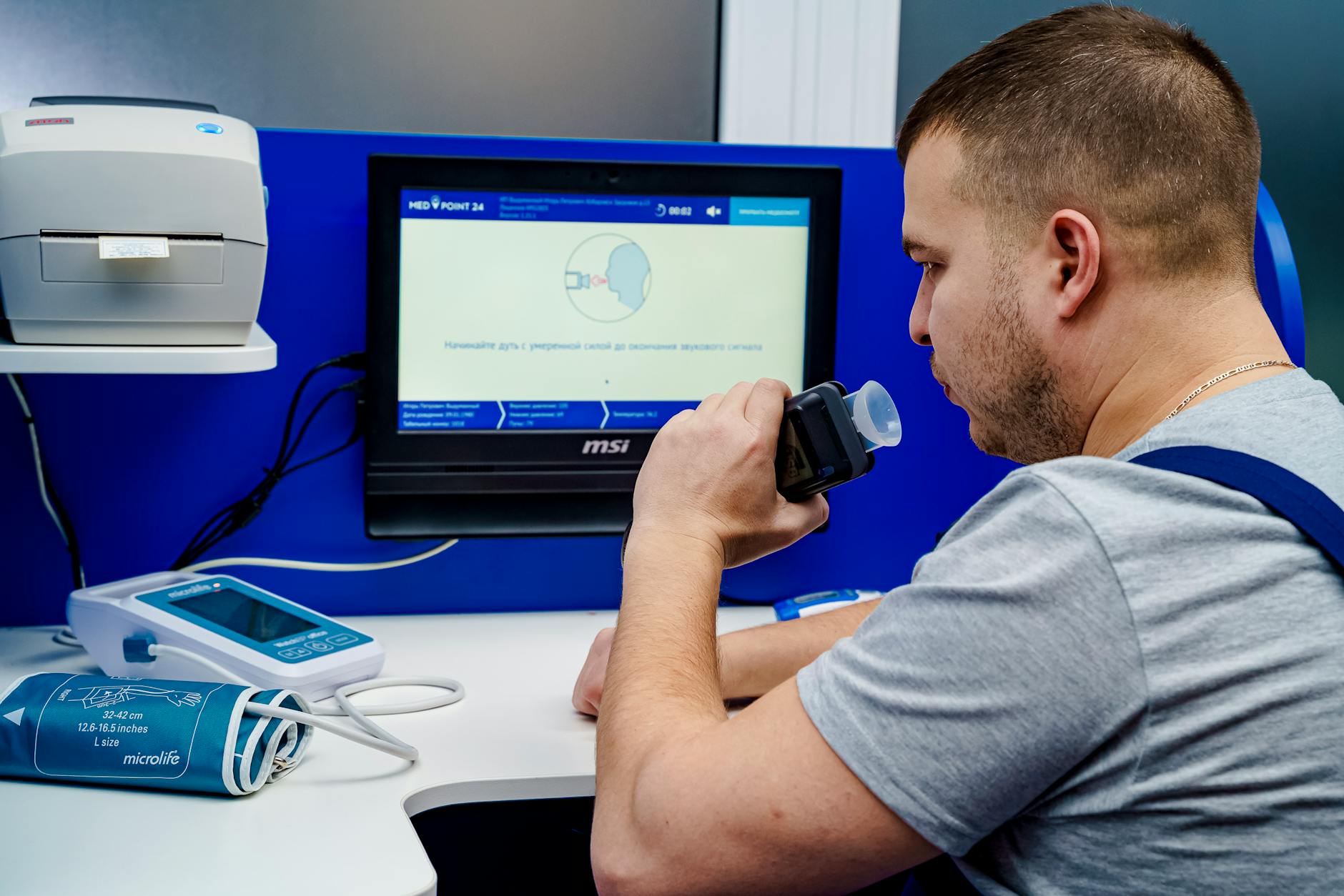Unleash the secrets of alcohol intoxication and discover the science behind your beer tolerance levels in this fascinating exploration.
Table of Contents
Many of us have wondered at some point in our lives: how many beers does it take to get drunk? It’s a common question with a complex answer that varies from person to person. In this blog post, we will delve into the science behind alcohol intoxication, exploring factors such as alcohol metabolism, individual tolerance levels, and the many influences that can affect how quickly we reach that tipsy state.
Alcohol Metabolism and Blood Alcohol Concentration (BAC)
When we consume alcohol, it is quickly absorbed into our bloodstream through the stomach and small intestine. From there, it is metabolized by the liver at a fairly consistent rate. The level of alcohol in our blood is measured as Blood Alcohol Concentration (BAC), typically expressed as a percentage. BAC is used as a way to gauge intoxication levels; the higher the BAC, the more impaired a person is likely to be.
Factors such as body weight, gender, and the rate of alcohol consumption all play a role in determining BAC levels. On average, it takes about one hour for the body to metabolize one standard drink (e.g., a 12-ounce beer with 5% alcohol content). This means that the more drinks consumed in a short period of time, the higher the BAC and the faster intoxication can occur.
Individual Tolerance Levels and Factors Influencing Intoxication
Every person’s body reacts differently to alcohol based on a variety of factors. One of the key determinants is individual tolerance level. Tolerance can vary significantly between individuals based on genetics, ethnicity, and previous alcohol consumption habits. Some people may be able to consume several drinks before feeling intoxicated, while others may feel the effects after just one or two.
Weight and body composition also play a role in how quickly alcohol affects an individual. Generally, a person with a higher body weight will have a lower BAC after consuming the same amount of alcohol as someone with a lower body weight. Age and gender are additional factors to consider, as older individuals tend to metabolize alcohol more slowly and women typically have a higher BAC than men after consuming the same amount of alcohol.
Food consumption can also impact alcohol intoxication. Consuming food before or while drinking can slow down the absorption of alcohol into the bloodstream, potentially reducing the effects of intoxication. On the other hand, drinking on an empty stomach can lead to a quicker rise in BAC and a faster onset of intoxication.
Conclusion
Ultimately, the question of how many beers it takes to get drunk is not a straightforward one. The answer depends on a wide range of factors, including alcohol metabolism, individual tolerance levels, body weight, gender, age, and food consumption. It’s important to be aware of these factors and make informed decisions when consuming alcohol to ensure your own safety and well-being.
Remember to always drink responsibly, know your limits, and never drink and drive. By understanding the science behind alcohol intoxication and being mindful of your own beer tolerance, you can enjoy alcohol in a safe and enjoyable manner.
FAQ
How does alcohol affect metabolism?
Alcohol metabolism occurs in the liver, where enzymes break down alcohol into acetaldehyde and then into acetic acid. This process can lead to increased calorie intake and potential liver damage if consumed excessively.
Why do some people have a higher tolerance for alcohol?
Individual tolerance levels vary due to genetics, ethnicity, age, gender, and past alcohol consumption habits. Factors such as body weight, food consumption, and drinking rate also influence how alcohol affects individuals differently.
How can food impact alcohol intoxication?
Eating before or while drinking can slow down the absorption of alcohol into the bloodstream, reducing its effects. Consuming alcohol on an empty stomach can lead to a faster rise in Blood Alcohol Concentration (BAC) and more rapid intoxication.
Is it safe to drink and drive with any level of alcohol consumption?
No, it is never safe to drink and drive, regardless of how many drinks you have consumed. Even small amounts of alcohol can impair your ability to drive safely, leading to accidents, injuries, and legal consequences. Always designate a sober driver or use alternative transportation if you have been drinking.
Generated by Texta.ai Blog Automation


Leave a Reply